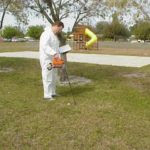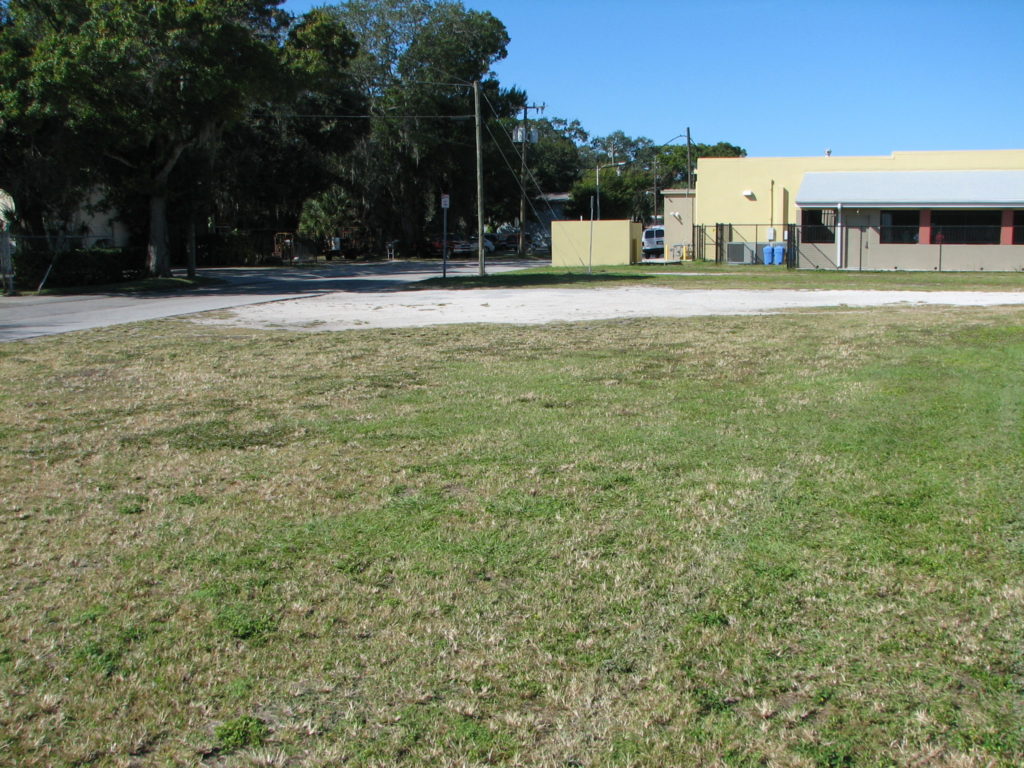In our Introduction to Contamination Assessments blog article, we laid the foundation for Contamination Assessments (CAs) in Florida. If you missed that, you may want to read it first. It covers what CAs are, why they are done, what the general scope of work is, and what the potential outcomes are. Here, we will provide the technical details.
To begin with, let’s turn to the players. CAs are typically completed by Florida licensed engineering or geologic firms with substantial experience in the field. They will have on staff a Florida licensed Professional Engineer (PE) or Professional Geologist (PG). The firm will be licensed in Florida as an Engineering Business or Geologic Business (go to www.myfloridalicense.com). The PE or PG will direct and oversee the work, then sign and seal all reports and plans submitted to the Florida Department of Environmental Protection (FDEP, www.floridadep.gov) or county with a contract to run the program for FDEP.
So, how do you select a firm to complete the CA? Start with your network and see who they recommend. The FDEP or counties often have lists of qualified firms. Contact two or three firms and discuss your project. Find out what their approach, pricing, availability, turnaround, experience, and qualifications. Confirm their licenses in Florida (see license web site above). Make sure they are user friendly and have good communications skills. They will be interacting with you and all the other players for an extended period of time.
 The actual scope of work will be dictated by Chapter 72-780, Florida Administrative Code (F.A.C.) and the FDEP or county. Each CA can be unique but the common elements follow. Either manual or automated direct push soil borings will be completed and screened with an organic vapor analyzer (OVA) to determine where potential contamination exists in the soil around the source. Based on those results, soil samples will be collected and analyzed in a laboratory accredited by the National Environmental Laboratory Accreditation Program, NELAP (www.nelac-institute.org) and certified by the Florida Department of Health (www.floridahealth.gov). Otherwise, the data may not be court defensible or accepted by regulatory agencies.
The actual scope of work will be dictated by Chapter 72-780, Florida Administrative Code (F.A.C.) and the FDEP or county. Each CA can be unique but the common elements follow. Either manual or automated direct push soil borings will be completed and screened with an organic vapor analyzer (OVA) to determine where potential contamination exists in the soil around the source. Based on those results, soil samples will be collected and analyzed in a laboratory accredited by the National Environmental Laboratory Accreditation Program, NELAP (www.nelac-institute.org) and certified by the Florida Department of Health (www.floridahealth.gov). Otherwise, the data may not be court defensible or accepted by regulatory agencies.
While on site doing the soil work above, groundwater will be assessed. Shallow well points (piezometers) will be installed and the direction of groundwater flow will be determined. Based on that and the soil screening results, three or more monitoring wells will be installed by a Water Well Contractor licensed by FDEP.
Groundwater samples will be collected from the wells and analyzed along with the soil samples in the same laboratory. Meanwhile, wells in the area will be identified and categorized and the site and vicinity geology and hydrogeology will be determined.
Finally, a CA Report (CAR, now known as a Site Assessment Report or SAR) will be prepared. All of the information, results, data, and documentation above will be included. The PE or PG will draw conclusions and recommend action. The FDEP or county will review the report and may request additional information before finalizing its review. The agency will then issue a letter which may require more assessment work, cleanup, or no further action. More details on these outcomes will be provided in future blogs.
So there you have it – a very brief overview of Contamination Assessment Details in Florida. If you need any help, Environmental Safety Consultants (www.escflorida.com) can assist. We have the credentials and experience to answer your questions and steer you in the right direction. We are a Florida-licensed Engineering business with a Professional Engineer (P.E.), environmental scientists, and 30 years of experience completing CAs. We are just a telephone call (800-226-1735) or an e-mail away (escinc@verizon.net). Contact us today!

